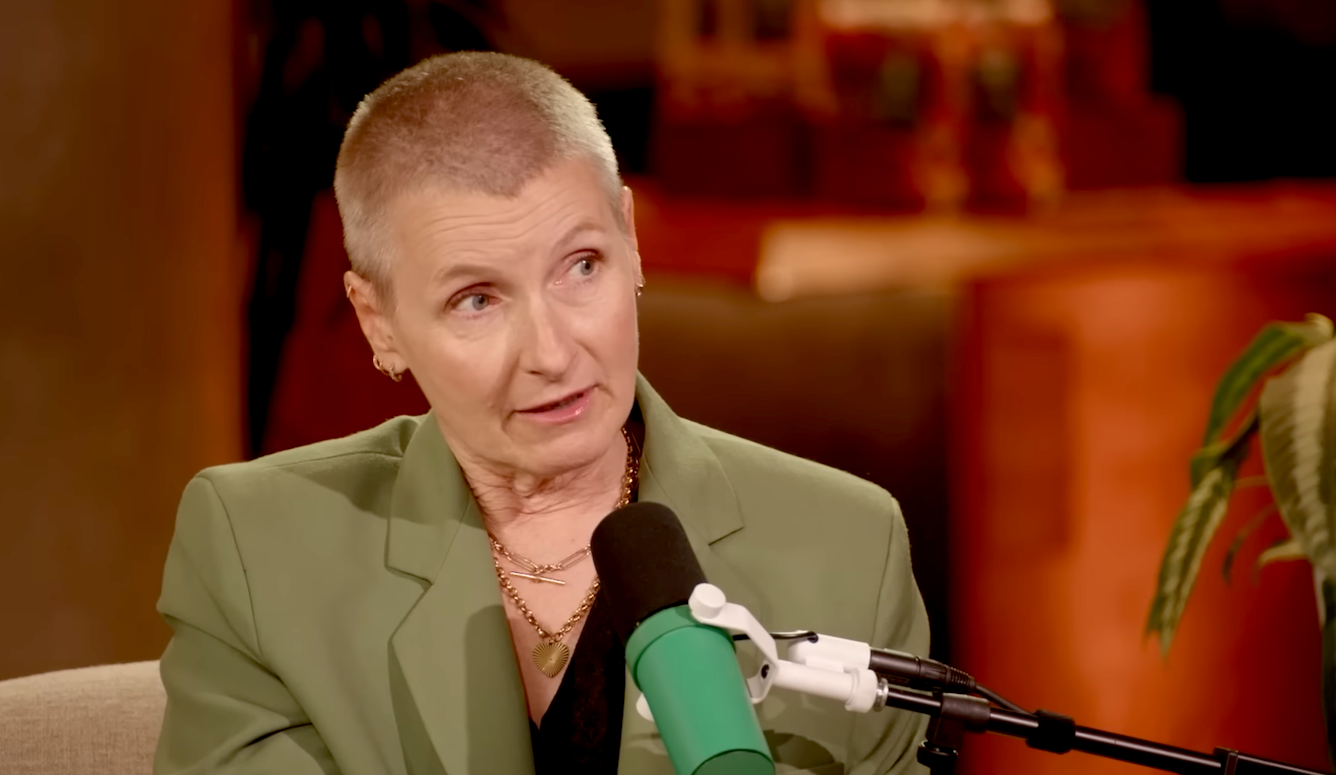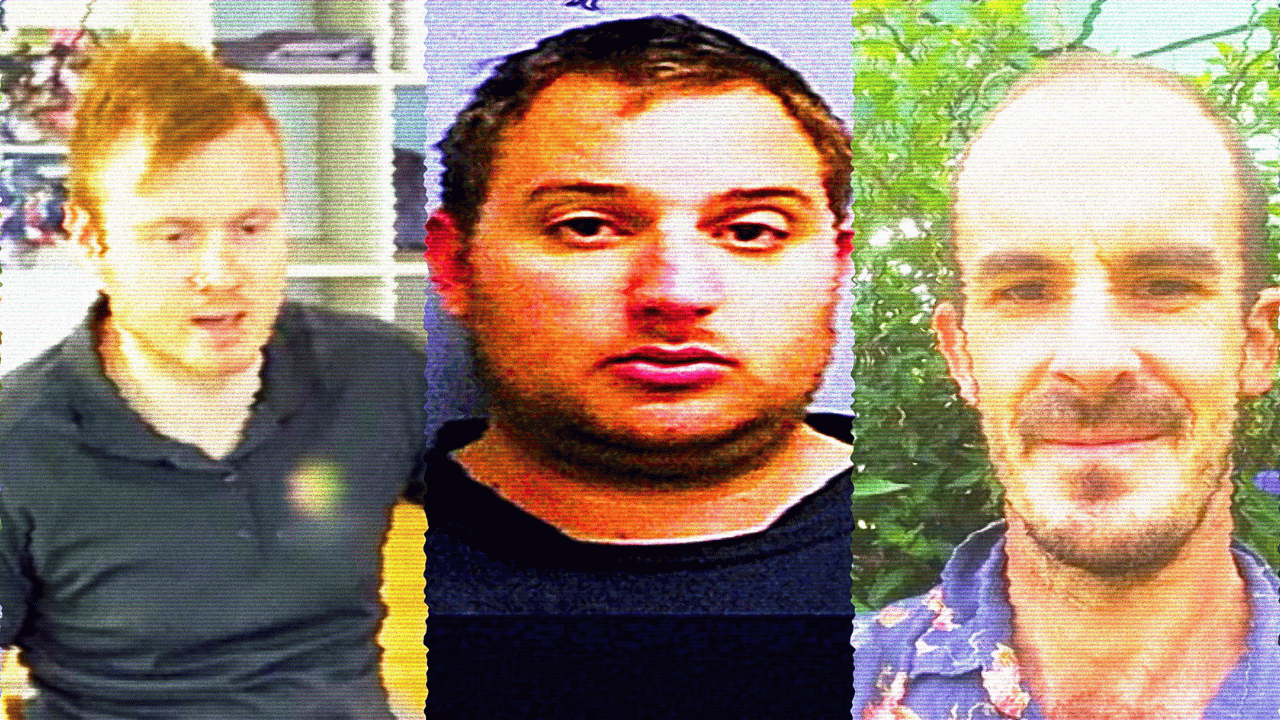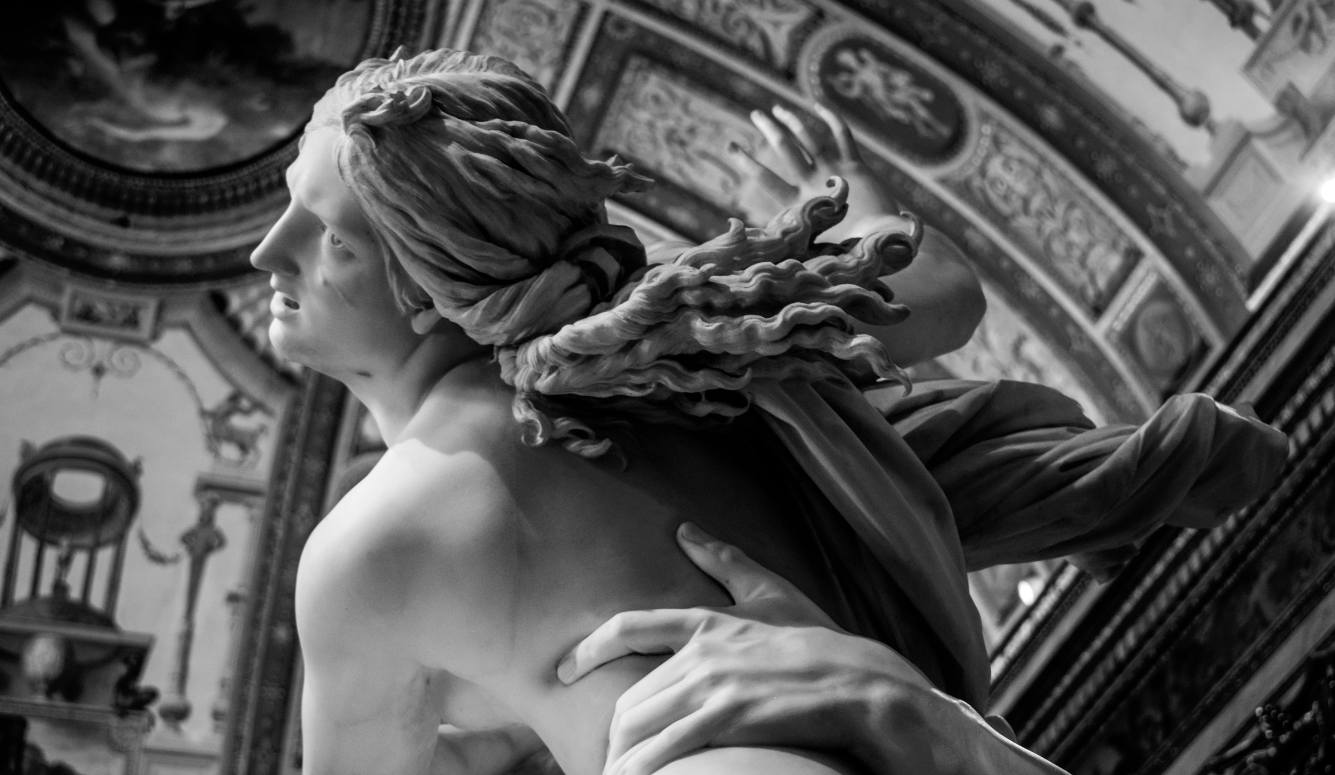Food
Remembering Tom Fitzmorris, Tireless Champion of New Orleans’ Unique Culinary Culture
By helping neighbours find their way back to restaurants after Hurricane Katrina—and encouraging tourists to find their way back to the Big Easy—Tom Fitzmorris fed the soul of this most soulful city.

New Orleans is like your first raw oyster. You must suspend your squeamishness and take it on its own terms to enjoy it. If you keep your distance, you’ll never get it. If you go for it, though, you will be rewarded with the fulfillment of lust. Lust is an urge you need to have to live in the city successfully. Without lust, you’re probably better off living somewhere else. No matter what else you think or hear, the central lust in New Orleans is for eating. Passionate eaters recognize that about the city as soon as they arrive. The same way they do in Italy, France, and Spain, and for the same reasons.
This is how the late food critic, broadcaster, and my old friend Tom Fitzmorris (1951–2025) opened his 2014 book, Hungry Town: A Culinary History of New Orleans, the City Where Food Is Almost Everything. The words encapsulate both the author’s own worldview, and the city he inhabited his entire life.

Fitzmorris, who died on 12 February at age 74, was best known for his long-running talk radio program, The Food Show (six days a week, three hours a day, all about food); and his classic cookbook, Tom Fitzmorris’s New Orleans Food: More than 225 of the City’s Best Recipes to Cook at Home. But since his passing, I’ve been rereading the aforementioned Hungry Town, which describes his role in reviving New Orleans after it was nearly erased from the map by Hurricane Katrina—a tropical cyclone that killed an estimated 1,400 people and caused US$125-billion in damage. While Fitzmorris exhibited a jovial personality on air, and indulged in a variety of running gags with his listeners, Hungry Town put his more serious side on display.
Katrina hit New Orleans on 29 August 2005. Soon, eighty percent of the city would be flooded, with some neighbourhoods being as much as fifteen feet underwater. The disaster resulted from the catastrophic failure of the levee system that protected the city from Lake Pontchartrain (which, despite its name, is actually an estuary—a body of brackish water connected to the Gulf of Mexico through the Rigolets Strait). In the aftermath, many Americans asked whether New Orleans would, could, or even should be rebuilt. The city’s average elevation is about six feet below sea level. And its very existence relies on a system of levees and pumps that, as had just been tragically demonstrated, was far from infallible.






